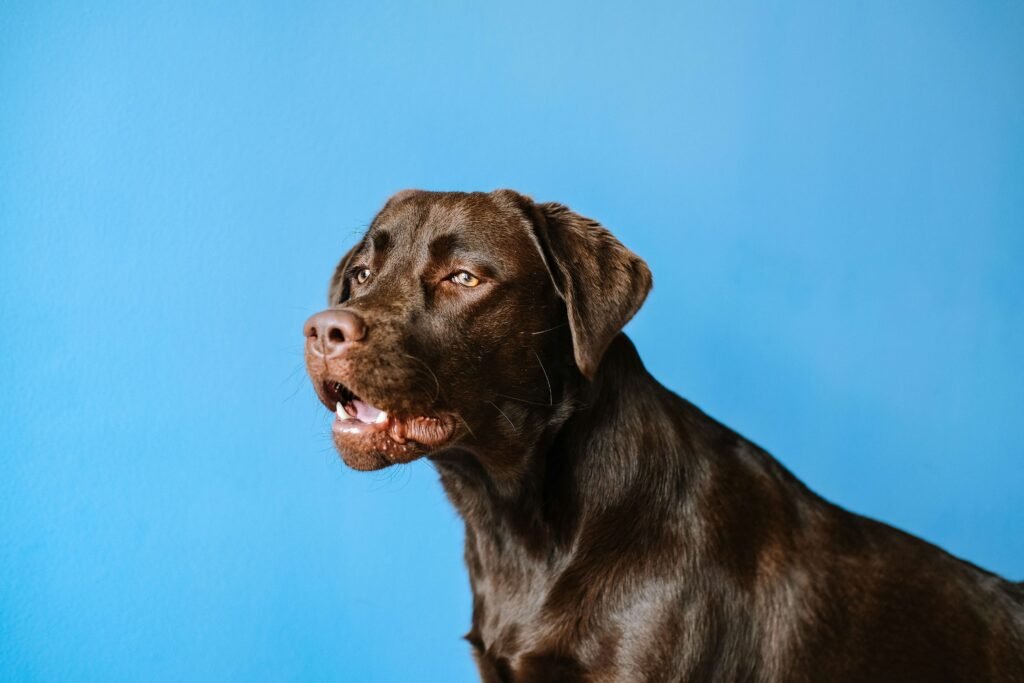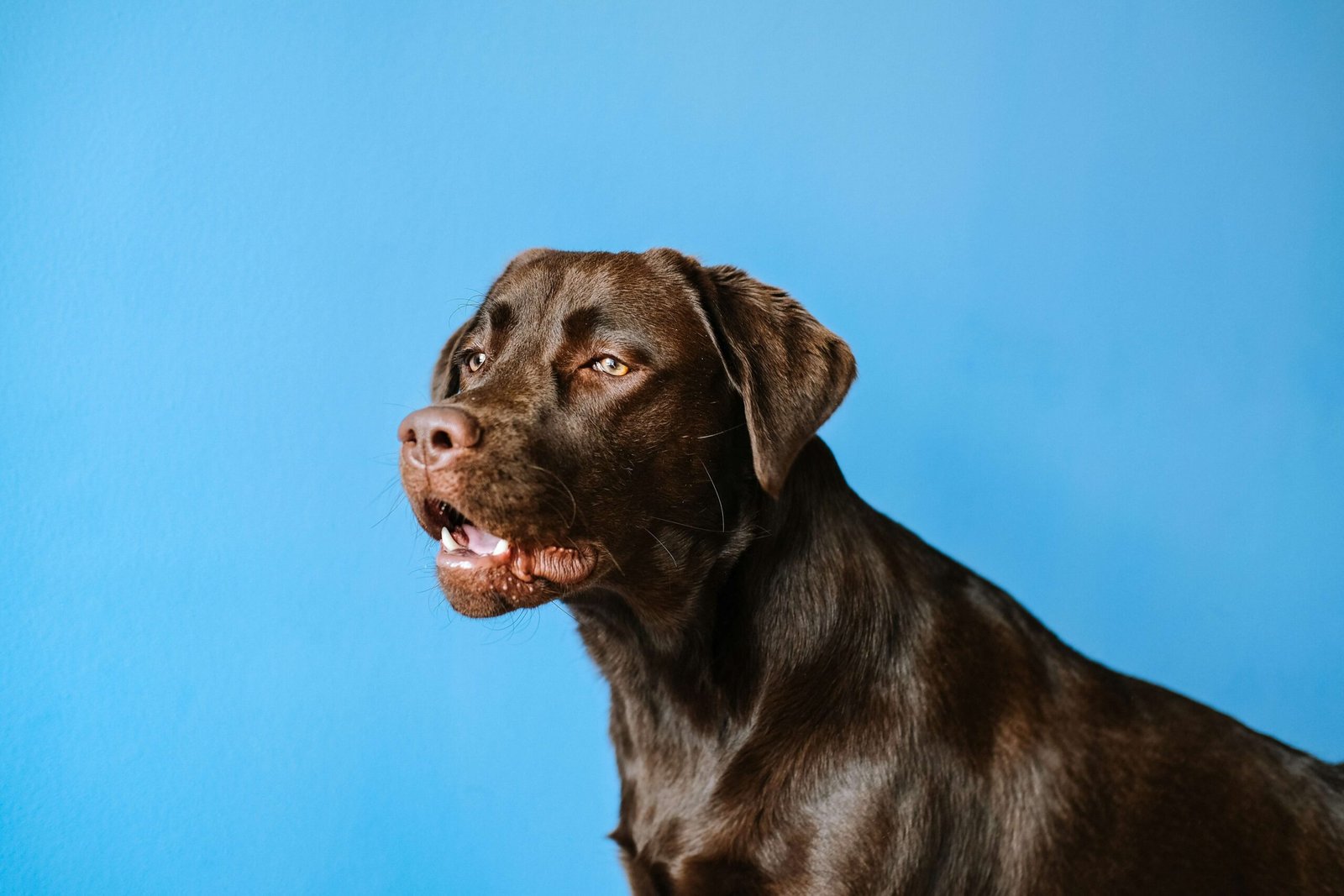Signs Your Dog Trusts You
Building a bond with your dog is one of the most rewarding aspects of pet ownership. Trust is the foundation of this relationship, and when your dog trusts you, it shows in their behavior. Dogs are incredibly perceptive creatures, and they express their feelings in subtle yet meaningful ways. Recognizing the signs of trust can deepen your connection and help you better understand your furry companion’s needs. In this blog post, we’ll explore how to identify whether your dog truly trusts you and what these behaviors mean for your relationship.
Body Language That Shows Trust
A dog’s body language is a powerful indicator of how they feel about you. When your dog trusts you, their posture, movements, and expressions will reflect comfort and security. Here are some key signs to look for.
Relaxed Posture:
A trusting dog will often lie down with their belly exposed or sprawl out near you. This vulnerable position signals they feel safe in your presence.Soft, Relaxed Eyes:
If your dog looks at you with soft eyes, avoiding intense staring, it indicates they see you as a source of calm and reassurance.Loose, Wagging Tail:
A wagging tail that moves freely (not stiffly) shows happiness and trust. Pay attention to the context—it’s not just about the wag but the overall demeanor.Leaning Against You:
Dogs who lean on you or rest their head on your lap are demonstrating affection and reliance on your companionship.Yawning or Lip Licking Near You:
These calming signals suggest your dog feels comfortable enough to relax around you, even in potentially stressful situations.
Understanding these subtle cues helps you appreciate the depth of your dog’s trust and strengthens your bond over time.

Behavioral Signs of Trust in Everyday Interactions
Beyond body language, dogs display trust through their actions during daily interactions. These behaviors highlight their confidence in you as their caregiver and leader.
Following You Around the House:
If your dog shadows you from room to room, it’s a sign they value your company and seek comfort in your proximity.Sleeping Near You:
Dogs who choose to sleep close to you—even if it’s just curling up nearby—are showing they view you as part of their pack and feel secure with you.Bringing Toys to You:
When your dog brings you their favorite toy, it’s an invitation to play and a demonstration of trust in your shared bond.Allowing You to Handle Their Paws or Ears:
Sensitive areas like paws and ears are vulnerable spots. Allowing you to touch them shows deep trust and acceptance.Seeking Comfort During Stressful Times:
Whether it’s thunderstorms or unfamiliar visitors, a dog who turns to you for reassurance sees you as their safe haven.
These everyday behaviors reveal just how much your dog relies on you and values your role in their life.
Check this guide 👉Dog Behavior Changes: Best 7 Expert Tips!
Check this guide 👉What Is a Dog Behaviorist? Best 7 Expert Tips!
Check this guide 👉Dog Puberty Behavior: Best 7 Expert Tips!
Signs of Trust | What It Means |
|---|---|
Exposing their belly to you | They feel completely safe with you |
Soft, relaxed facial expressions | They associate you with calmness |
Following you everywhere | They see you as their leader and protector |
Sleeping near or next to you | They consider you part of their pack |
Bringing toys or objects to you | They trust you to engage in playtime |
How to Strengthen Your Dog’s Trust in You
If you want to build or reinforce your dog’s trust, there are simple yet effective steps you can take. Consistency and patience are key to nurturing this vital bond.
Spend Quality Time Together:
Dedicate time each day to activities your dog enjoys, such as walks, playtime, or cuddles. This reinforces your connection.Use Positive Reinforcement:
Reward good behavior with treats, praise, or toys. Positive reinforcement builds trust by associating you with positive experiences.Respect Their Boundaries:
Allow your dog to approach new situations at their own pace. Forcing them into uncomfortable scenarios can damage trust.Maintain a Routine:
Dogs thrive on predictability. Feeding, walking, and sleeping schedules provide stability and foster trust in your care.Be Calm and Patient:
Dogs pick up on your emotions. Staying calm in stressful situations reassures them that everything is under control.
By implementing these strategies, you can create an environment where trust flourishes naturally.
Misconceptions About Dog Trust
While understanding trust is essential, it’s equally important to dispel common myths that may mislead pet owners. Clearing up these misconceptions ensures you interpret your dog’s behavior accurately.
Myth: A Dog Who Doesn’t Cuddle Doesn’t Trust You:
Not all dogs are cuddlers. Some breeds prefer independence but still trust their owners deeply.Myth: Trust Is Instantaneous:
Building trust takes time and consistent effort. Rushing the process can lead to setbacks.Myth: Aggressive Behavior Equals Lack of Trust:
Aggression can stem from fear, pain, or confusion—not necessarily mistrust. Address the root cause rather than assuming betrayal.Myth: Trust Can’t Be Rebuilt After Mistakes:
With patience and effort, trust can be restored after misunderstandings or accidents.Myth: Only Puppies Need Bonding Time:
Adult dogs also benefit from bonding activities and can develop strong trust with their owners.
Recognizing these truths helps you focus on fostering genuine trust without unnecessary guilt or assumptions.
Signs of Trust During Training
Training sessions offer valuable opportunities to observe your dog’s level of trust. Their responses during these times reveal how confident they feel in your guidance.
Willingness to Try New Commands:
A trusting dog will eagerly attempt new tasks, knowing you won’t punish them for mistakes.Quick Recovery from Corrections:
If corrected gently, a dog who trusts you will bounce back quickly instead of shutting down or becoming fearful.Focus on You Despite Distractions:
A dog who prioritizes your instructions over external stimuli demonstrates reliance on your leadership.Excitement for Training Sessions:
Dogs who associate training with fun and rewards show enthusiasm, indicating they trust the process and enjoy spending time with you.Calm Demeanor During Challenges:
Facing obstacles calmly suggests your dog feels secure knowing you’ll support them through difficulties.
Training provides countless chances to reinforce trust and celebrate progress together.
How Playtime Strengthens Trust
Playtime isn’t just about fun—it’s a critical component of building trust. Through play, dogs learn to rely on you for entertainment and emotional fulfillment.
Interactive Games Like Fetch or Tug-of-War:
Engaging in interactive games fosters teamwork and strengthens your bond.Letting Them Win Occasionally:
Allowing your dog to “win” during games boosts their confidence and reinforces trust in your fairness.Using Play to Redirect Negative Behaviors:
Redirecting unwanted behaviors with playful activities teaches your dog to trust your methods for resolving issues.Incorporating Treats and Praise:
Combining play with rewards enhances the positive association they have with you.Ending Playtime on a Positive Note:
Always conclude play sessions happily to leave your dog feeling satisfied and connected to you.
Playtime is a joyful way to deepen trust while keeping your dog mentally and physically stimulated.
Recognizing Trust Issues in Adopted Dogs
Adopted dogs may face unique challenges when it comes to trust due to past experiences. Identifying potential trust issues early allows you to address them effectively.
Hesitation to Approach Strangers or Even You:
Fearful behavior toward people, including you, may indicate past neglect or abuse.Guarding Food or Toys Aggressively:
Resource guarding often stems from insecurity and mistrust developed in previous environments.Avoidance of Eye Contact:
While not always a red flag, persistent avoidance can signal discomfort or lack of trust.Excessive Panting or Trembling:
These signs of anxiety may arise in new or unfamiliar situations, reflecting underlying trust concerns.Slow Progress in Bonding:
Some adopted dogs take longer to warm up, requiring additional patience and understanding.
With compassion and consistency, even the most guarded dogs can learn to trust again, enriching both their lives and yours.
Frequently Asked Questions About Building Trust with Your Dog
How long does it take for a dog to trust you?
Every dog is different. Some may warm up quickly, while others need weeks or months to fully trust, depending on their past experiences and personality.
What should I do if my dog seems anxious around me?
Be patient and avoid forcing interactions. Offer treats, speak softly, and give them space to approach you at their own pace.
Can training improve trust?
Absolutely! Positive reinforcement training builds confidence and strengthens the bond between you and your dog.
Is trust the same as obedience?
Not necessarily. A dog can obey out of fear, but true trust involves mutual respect and understanding.
How can I repair broken trust with my dog?
Apologize through kind gestures, spend quality time together, and focus on creating positive experiences to rebuild their confidence in you.
Nurturing a Lifelong Bond Through Trust
Trust is the cornerstone of any meaningful relationship, including the one you share with your dog. By recognizing the signs of trust, addressing misconceptions, and actively working to strengthen your connection, you can create a partnership built on mutual respect and love. Remember, every dog is unique, and their journey to trust may differ. With patience, empathy, and dedication, you’ll find that the bond you build with your dog is not only fulfilling but also enduring. Cherish the moments of trust and continue nurturing this precious relationship.
Cuterebra Larvae in Cats: Best 7 Expert Tips! – Expert advice on signs, treatment & prevention of this rare but serious feline parasitic infestation.
Cuterebra Larvae in Dogs: Best 7 Expert Tips! – Expert advice on signs, treatment & prevention of this rare but serious parasitic infestation.
Cat Tumor on Paw: Best 7 Expert Tips! – Expert advice on signs, diagnosis, treatment & care for feline paw tumors.
Panacur Side Effects in Dogs: Best 7 Expert Tips! – Safe usage, common reactions & when to call the vet.





